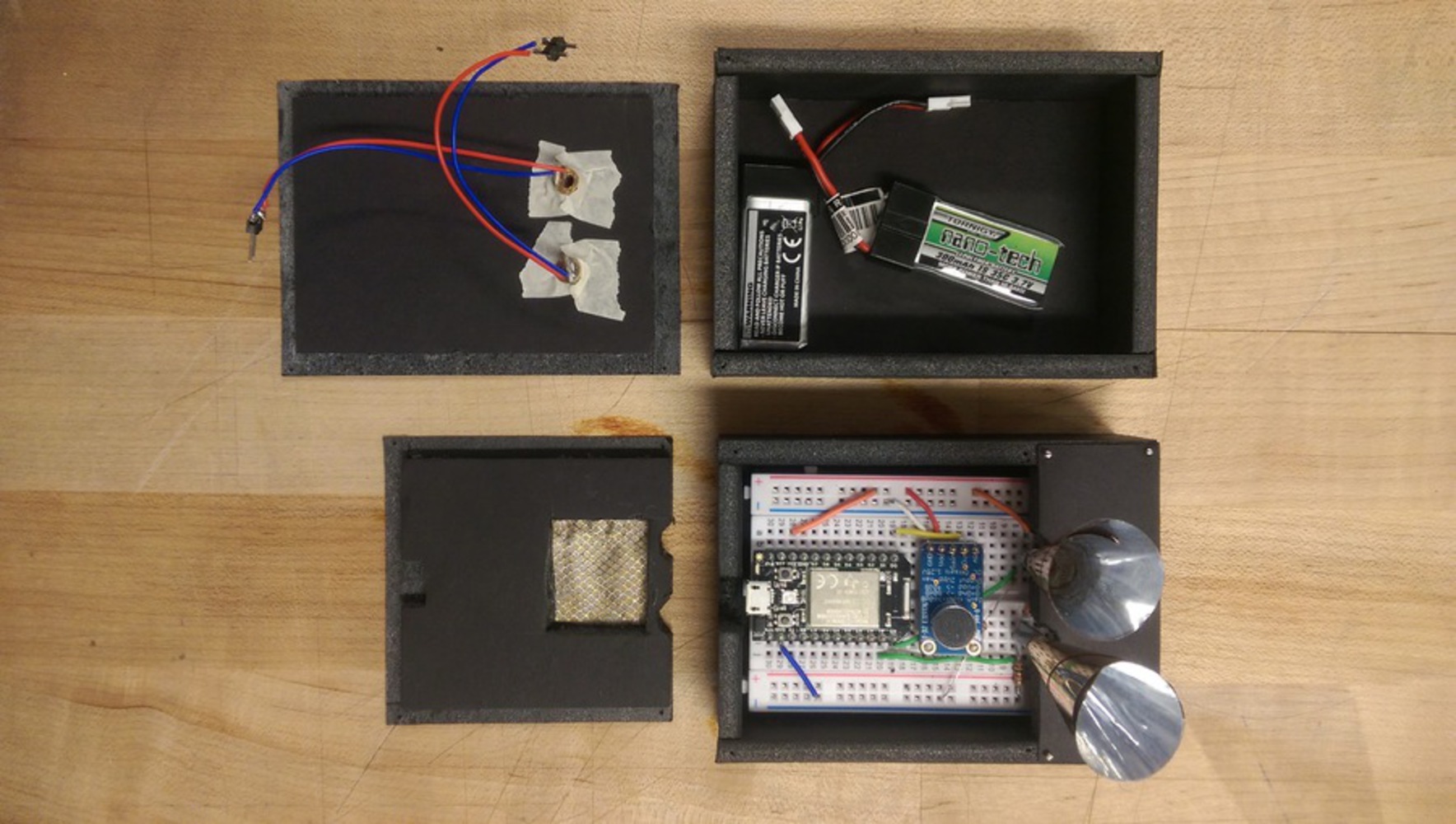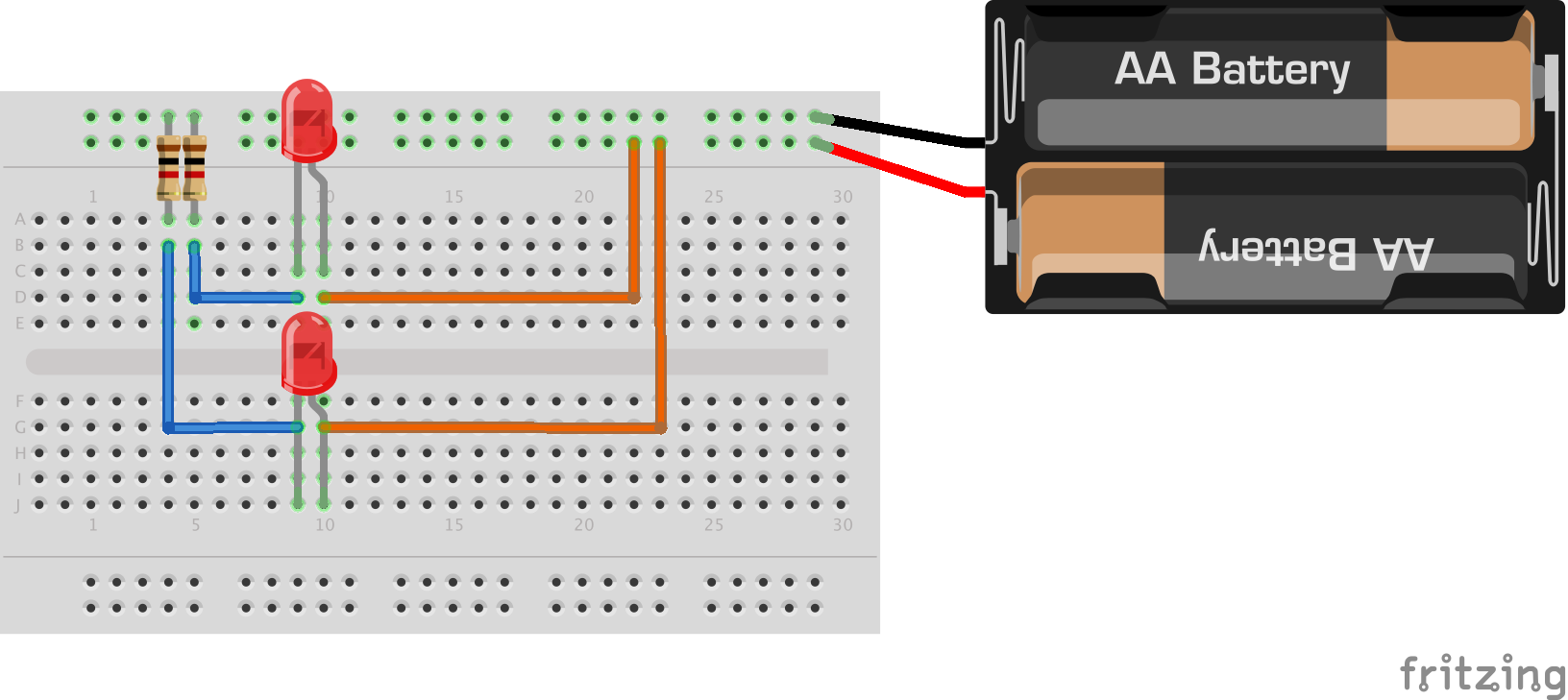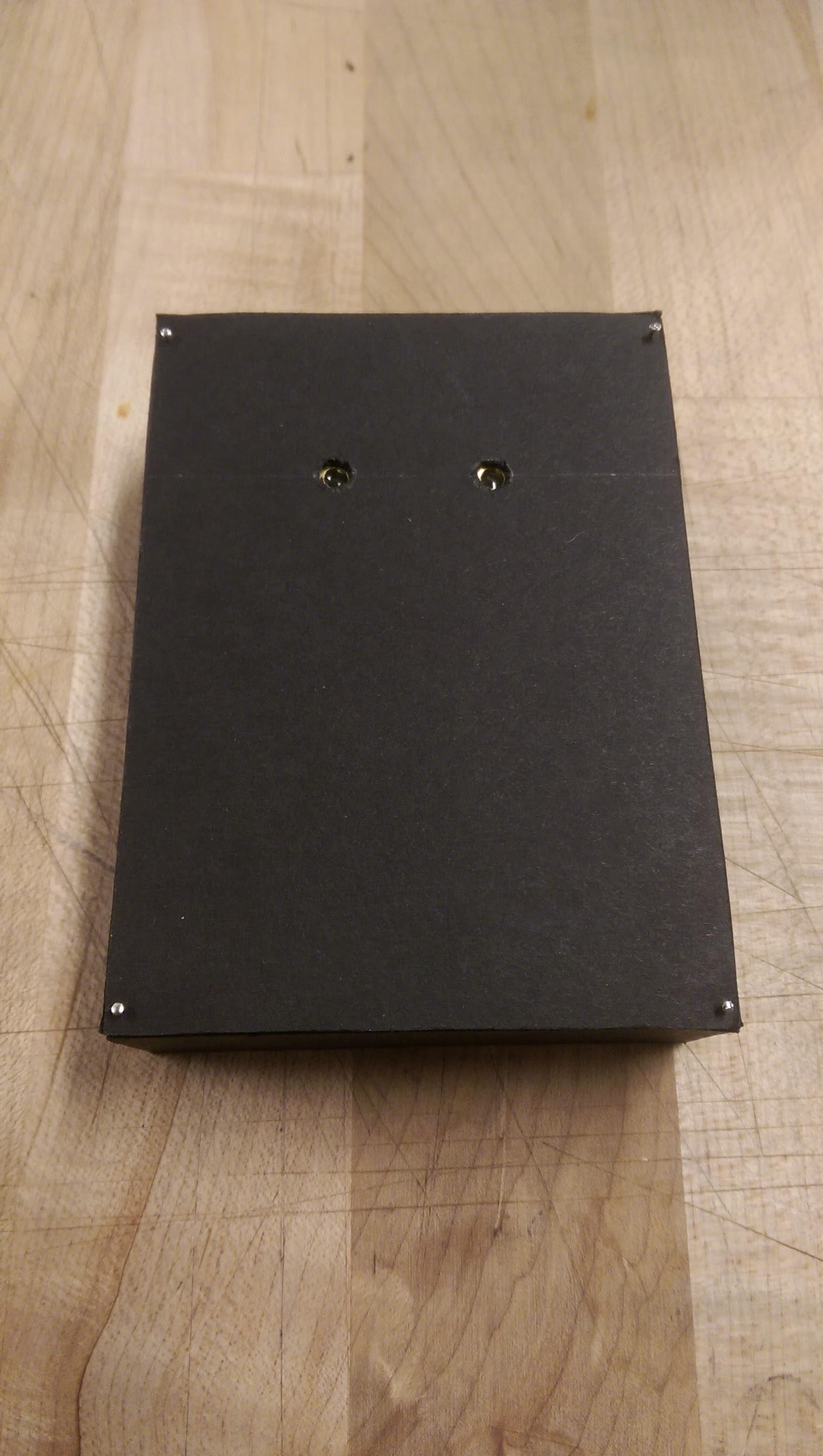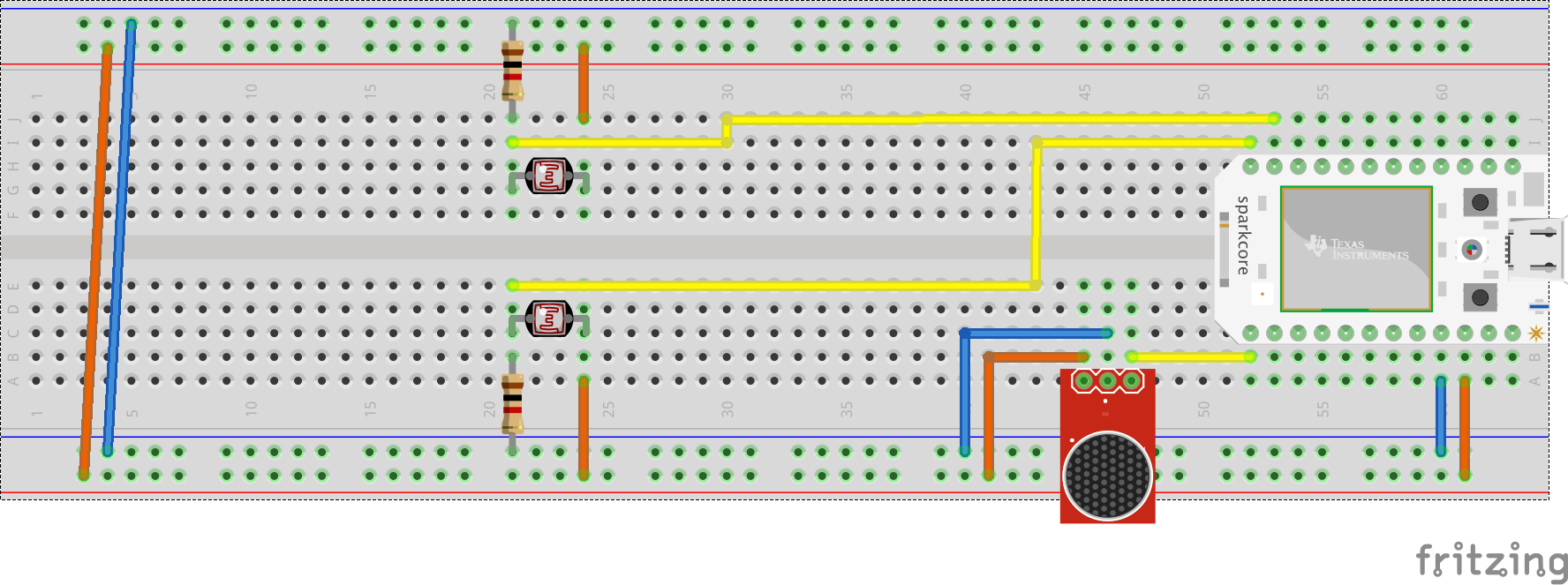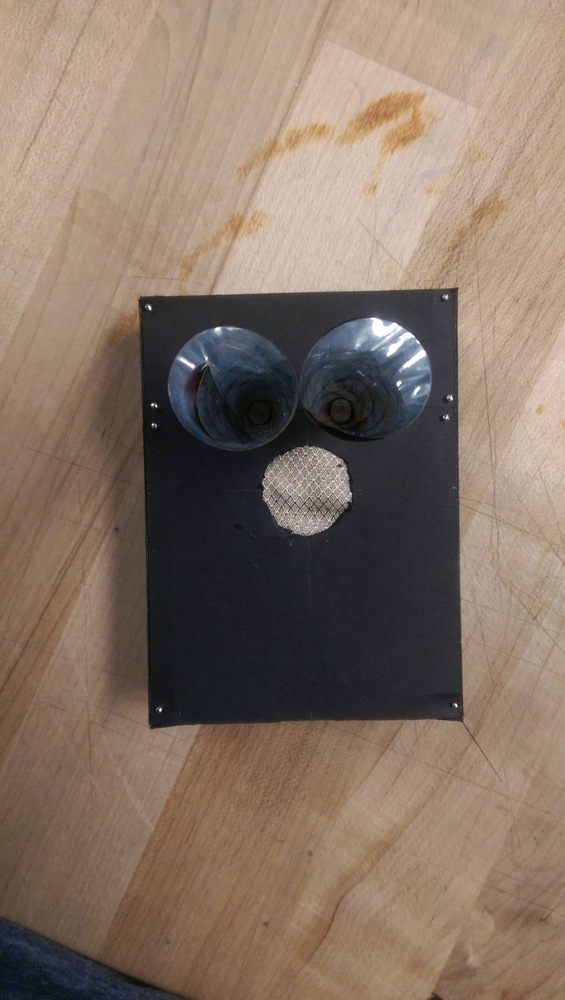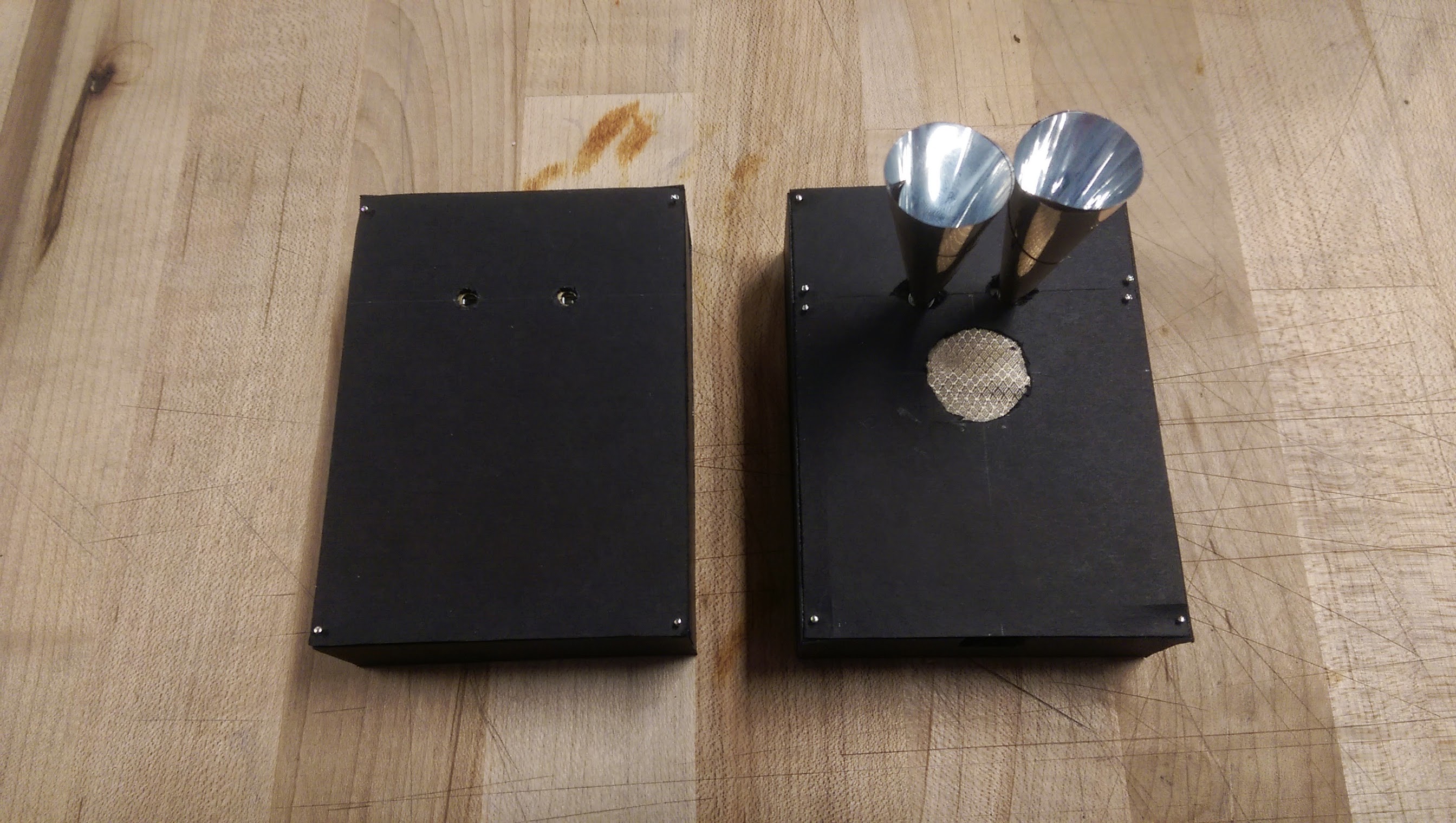Occupancy Status Concept:
It is becoming increasingly common for studios to have shared spaces that are not permanently controlled by any one person or group. This can make having a group meeting or a place to work in silence unexpectedly difficult, because a student doesn’t know before they arrive if space is available or how noisy it might be. Formal scheduling and reservation of spaces is rarely done, and this issue can be especially problematic on campuses where students live off-campus and have longer commutes. The resOURce occupancy monitoring system addresses this issue by making the current as well as predictive occupancy and noise levels of a space known via smartphone. Students can quickly check the status of their studio via their phones before making the journey to find a place to study.
Technical Description:
Two break beam sensors are incorporated into each pathway or doorway.
Depending on which beam is broken first, an occupant is either added or subtracted from the system.
Adding one occupant to a smaller conference room subtracts one occupant from the main meeting area, ensuring continuity of tracking occupancy.
Integrated microphones measure relative noise level within the space and let the user know if ambient noise is high, medium, or low.
Bill of Materials
2 - 5V laser
2 - 3.7V Li-Polymer battery
2 - 1K Ohm resistor
1 - Microphone
2 - Photoresistor
1 - Spark Core

